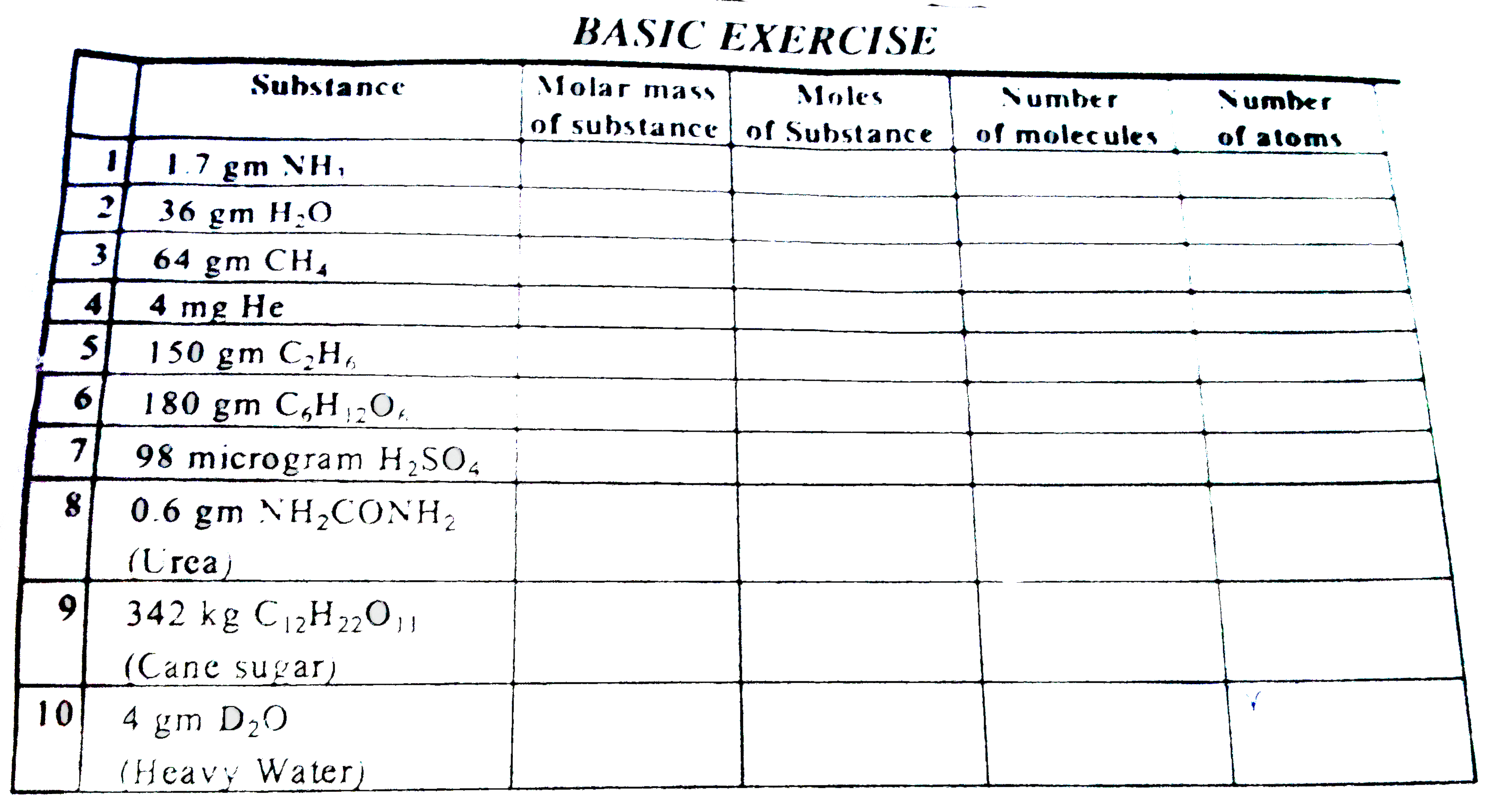The number of silicon atoms per . This is doped simultaneously with atoms per of Arsenic and atoms of indium. Calculate the number of electrons and holes. Given that . Is the material n-type or p-type?
To solve the problem, we need to calculate the number of electrons (n_e) and holes (n_h) in the doped silicon and determine if the material is n-type or p-type.
Step 1: Identify the given values
- Number of silicon atoms, NSi=5×1028m−3
- Number of arsenic atoms (donors), NAs=5×1022m−3
- Number of indium atoms (acceptors), NIn=5×1020m−3
- Intrinsic carrier concentration, ni=1.5×1016m−3
Step 2: Calculate the number of electrons contributed by the dopants
Arsenic is a donor, contributing one electron per atom, while indium is an acceptor, which will take away electrons. Therefore, the net number of electrons contributed by the dopants can be calculated as:
ne=NAs−NIn+ni
Substituting the values:
ne=5×1022−5×1020+1.5×1016
Since 5×1022 is much larger than both 5×1020 and 1.5×1016, we can approximate:
ne≈5×1022−5×1020≈4.99×1022m−3
Step 3: Calculate the number of holes
Using the mass action law, we know that:
n2i=nh⋅ne
We can rearrange this to find the number of holes nh:
nh=n2ine
Substituting the values:
nh=(1.5×1016)24.99×1022
Calculating n2i:
(1.5×1016)2=2.25×1032
Now substituting back into the equation for nh:
nh=2.25×10324.99×1022≈4.51×109m−3
Step 4: Determine if the material is n-type or p-type
To determine the type of semiconductor, we compare ne and nh:
- ne≈4.99×1022m−3
- nh≈4.51×109m−3
Since ne (the number of electrons) is much greater than nh (the number of holes), we conclude that the material is n-type.
Final Answer
- Number of electrons, ne≈4.99×1022m−3
- Number of holes, nh≈4.51×109m−3
- The material is n-type.
- Number of silicon atoms, NSi=5×1028m−3
- Number of arsenic atoms (donors), NAs=5×1022m−3
- Number of indium atoms (acceptors), NIn=5×1020m−3
- Intrinsic carrier concentration, ni=1.5×1016m−3
Arsenic is a donor, contributing one electron per atom, while indium is an acceptor, which will take away electrons. Therefore, the net number of electrons contributed by the dopants can be calculated as:
Using the mass action law, we know that:
To determine the type of semiconductor, we compare ne and nh:
- nh≈4.51×109m−3
- Number of electrons, ne≈4.99×1022m−3
- Number of holes, nh≈4.51×109m−3
- The material is n-type.
Topper's Solved these Questions
- SEMICONDUCTOR ELECTRONICS MATERIALS DEVICES AND SIMPLE CIRCUITSBOOK - NCERT ENGLISHCHAPTER - SEMICONDUCTOR ELECTRONICS MATERIALS DEVICES AND SIMPLE CIRCUITSEXERCISE - Exercise
15 Videos
- RAY OPTICS AND OPTICAL INSTRUMENTSBOOK - NCERT ENGLISHCHAPTER - RAY OPTICS AND OPTICAL INSTRUMENTSEXERCISE - Exercise
32 Videos
- WAVE OPTICS BOOK - NCERT ENGLISHCHAPTER - WAVE OPTICS EXERCISE - Exercise
21 Videos
Similar Questions
Suppose a pure Si-crystal has 5×1028atomsm−3. It is doped by 1 ppm concentration of pentavalent As. Calculate the number of electrons and holes. Give that ni=1.5×1016m−3.
View SolutionSuppose a pure Si-crystal has 6×1028atomsm−3. It is doped by 1 ppm concentration of pentavalent As. Calculate the number of electrons and holes. Give that ni=1.5×1016m−3.
View Solution
Knowledge Check
Suppose a pure Si-crystal has 5×1028atomsm−3. It is doped by 1 ppm concentration of pentavalent As. Calculate the number of electrons and holes. Give that ni=1.5×1016m−3.
A4.5×109m−3B4.5×106m−3C2.5×109m−3D2.5×106m−3If the radius of inner most electronic orbit of a hydrogen atom is 5.3×10−11 m, then the radii of n=2 orbit is
A1.12ÅB2.12ÅC3.22ÅD4.54Å
Find the number from the expanded form : 8×105+(1×103)+(5×101)
View Solution
A box contains 12×1022 number of oxygen atoms. Find moles of O-atoms? (NA=6×1023)
View SolutionA P-type sillicon semiconductor is made by adding one atom of indium per 5×107 atoms of sillicon is 25×1028atom/m3. Point the number of acceptor atoms in per cubic cm. of sillicon
View SolutionThe radius of innermost electron orbit of a hydrogen atom is 5.3×10−11m. What are the radii of n=2 and n=3 orbits.?
View SolutionIf Ksp for HgSO4 is 6.4×10−5, then solubility of this substance in mole per m3 is
View SolutionFind free electrons per unit volume in a wire of density 104kg/m3, atomic mass number 100 and number of free electron per atom is one.
View Solution
